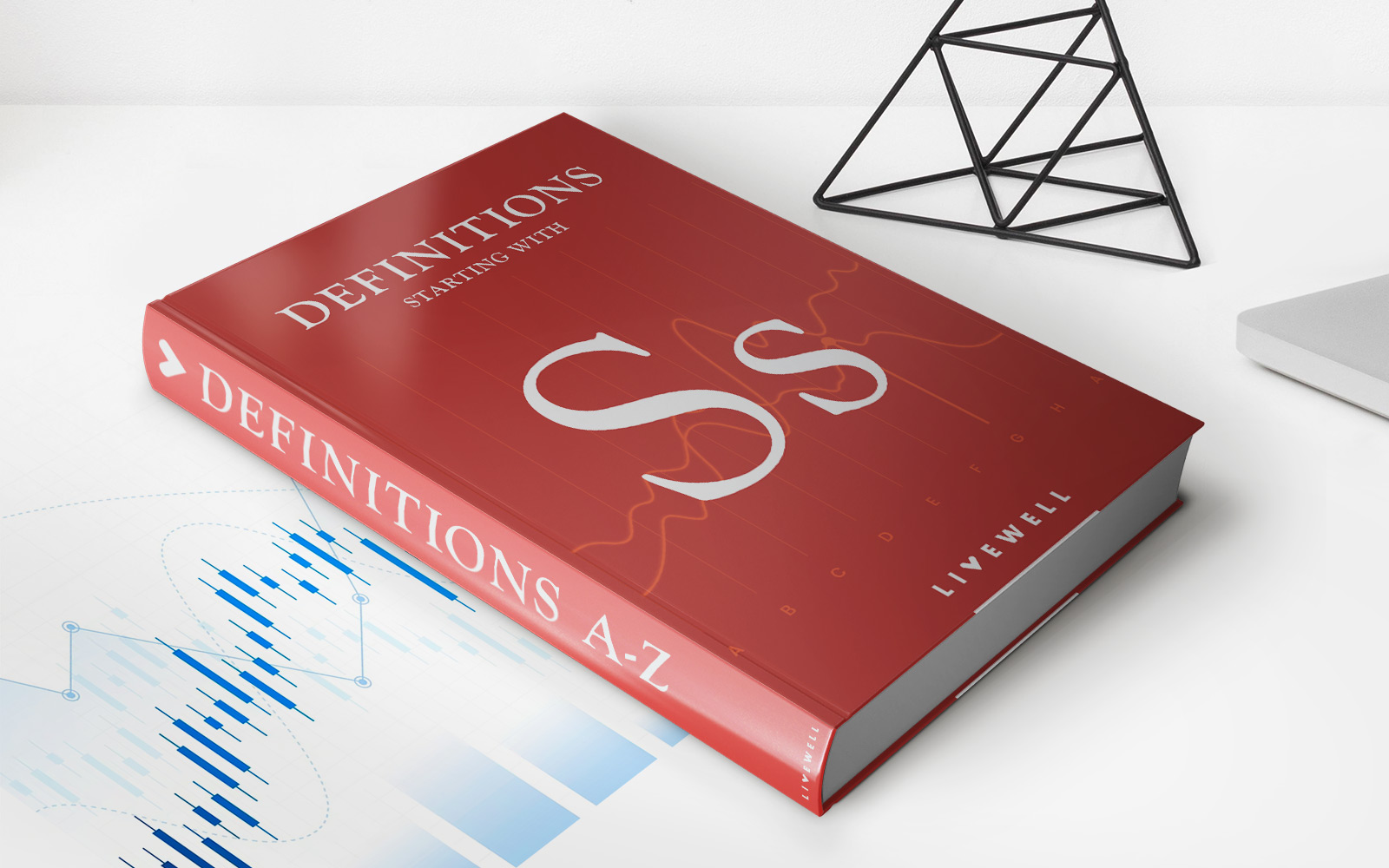Home>Finance>Harmonized Sales Tax (HST): Definition As Canadian Sales Tax


Finance
Harmonized Sales Tax (HST): Definition As Canadian Sales Tax
Modified: December 12, 2023
Learn about the Harmonized Sales Tax (HST), a Canadian sales tax defined in the field of finance.
(Many of the links in this article redirect to a specific reviewed product. Your purchase of these products through affiliate links helps to generate commission for LiveWell, at no extra cost. Learn more)
Understanding Harmonized Sales Tax (HST): A Comprehensive Guide
As an SEO expert, I understand the importance of providing relevant and useful information to readers. Today, we will explore the concept of Harmonized Sales Tax (HST) and its significance as a Canadian sales tax. Whether you are a business owner or a consumer, understanding HST is crucial for navigating the Canadian tax landscape effectively. So, let’s dive in and explore everything you need to know about HST!
Key Takeaways:
- HST is a value-added tax that combines the federal Goods and Services Tax (GST) with provincial sales taxes.
- It applies to most goods and services that are purchased or consumed in Canada.
What is Harmonized Sales Tax (HST)?
Harmonized Sales Tax (HST) is a value-added tax system that combines the federal Goods and Services Tax (GST) with provincial sales taxes in certain Canadian provinces. The goal of implementing HST was to simplify the tax system and streamline the collection of sales tax across multiple jurisdictions.
Under the HST system, the federal GST and the provincial sales tax are combined into a single tax rate. The specific rate of HST varies depending on the province in which the transaction takes place. Currently, five provinces in Canada have implemented HST:
- Ontario
- Prince Edward Island
- Newfoundland and Labrador
- Nova Scotia
- Brunswick
It is important to note that other provinces, such as British Columbia and Saskatchewan, have a different tax structure where the GST and provincial sales tax are collected separately.
Why Was HST Implemented?
The implementation of HST was driven by several factors, including:
- Efficiency: By combining the federal and provincial sales taxes into a single tax, the collection and administration processes become more streamlined for businesses and government agencies.
- Equity: HST ensures that the tax burden is distributed more equitably among businesses and individuals, as the tax is applied consistently across various industries.
- Competitiveness: The harmonization of sales taxes simplifies inter-provincial trade, making it easier for businesses to operate across provinces and improve their competitiveness.
How Does HST Work?
When HST is applied, there is generally one combined tax rate that is charged on the purchase of most goods and services. The HST rate varies depending on the province where the purchase is made. Currently, the HST rate range across the five provinces that have implemented it is between 13% and 15%.
It is important to note that certain goods and services are exempt from HST or subject to a lower tax rate. Examples include basic groceries, prescription drugs, and medical devices. In addition, some provinces may offer rebates or exemptions for certain products or industries.
Businesses that operate in HST provinces are required to register for an HST account and charge the appropriate HST rate on their sales. These businesses can also claim input tax credits to recover the HST they paid on business expenses.
Conclusion
Harmonized Sales Tax (HST) is an important aspect of the Canadian tax system. By combining the federal Goods and Services Tax (GST) with provincial sales taxes, HST aims to simplify tax collection and create a more efficient and fair system for businesses and individuals. Understanding how HST works is crucial for individuals and businesses operating in HST provinces to ensure compliance and make informed financial decisions.
Remember, when dealing with taxes, it’s always a good idea to consult with a tax professional or accountant to ensure you have accurate and up-to-date information.














